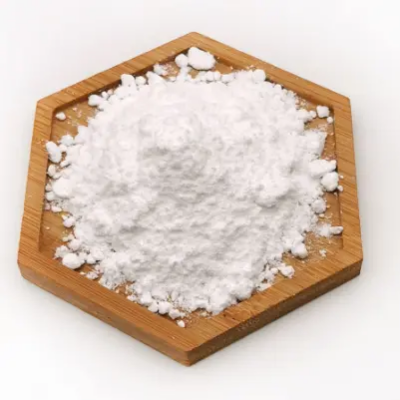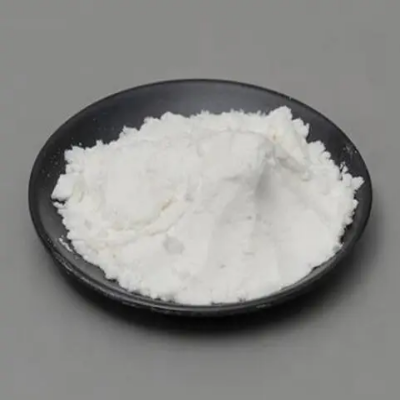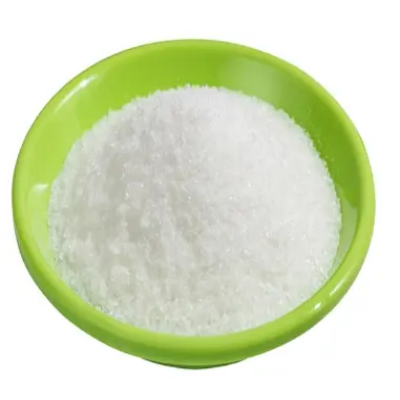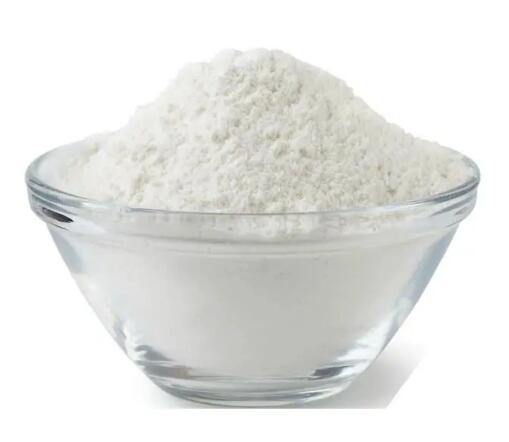Palladium bromide CAS:13444-94-5
Palladium bromide finds extensive applications in catalysis and organic transformations, owing to its catalytic activity and versatility in promoting various chemical reactions. Carbon-Carbon Bond Formation: PdBr₂ serves as a catalyst in numerous carbon-carbon bond-forming reactions, including Heck, Suzuki-Miyaura, and Sonogashira couplings. These transformations are vital in the synthesis of complex organic molecules, such as pharmaceuticals and agrochemicals. Cross-Coupling Reactions: Palladium bromide catalyzes cross-coupling reactions between organic halides or pseudohalides and organometallic reagents, enabling the construction of diverse molecular structures with high efficiency and selectivity. Carbon-Heteroatom Bond Formation: The compound facilitates the formation of carbon-heteroatom bonds, including carbon-nitrogen and carbon-oxygen bonds, through processes like Buchwald-Hartwig amination and Suzuki-Miyaura coupling with heteroaryl boronic acids. Redox Reactions: PdBr₂ participates in various redox reactions, including oxidative addition and reductive elimination, crucial steps in many catalytic cycles involved in organic transformations. Arylation Reactions: In arylative transformations, palladium bromide promotes the coupling of aryl halides with various nucleophiles or electrophiles, leading to the synthesis of biaryl compounds and functionalized organic molecules. Carbonylation Reactions: Palladium bromide is employed in carbonylation reactions, facilitating the incorporation of carbon monoxide into organic substrates to form carboxylic acid derivatives and heterocycles. Hydrogenation: As a catalyst in hydrogenation reactions, PdBr₂ promotes the addition of hydrogen to unsaturated bonds, allowing the selective reduction of functional groups such as alkenes, alkynes, and nitro compounds. Catalytic Activation of Inert Bonds: Palladium bromide is utilized in the activation of typically inert bonds, such as carbon-silicon and carbon-hydrogen bonds, enabling their functionalization and incorporation into complex molecules. In summary, palladium bromide serves as a versatile catalyst in organic synthesis, enabling a wide array of transformations essential for the preparation of diverse molecular architectures. Its significance lies in its ability to promote selective bond formations and functional group interconversions, contributing to advancements in synthetic chemistry and materials science.






| Composition | Br2Pd |
| Assay | 99% |
| Appearance | white powder |
| CAS No. | 13444-94-5 |
| Packing | Small and bulk |
| Shelf Life | 2 years |
| Storage | Store in cool and dry area |
| Certification | ISO. |









